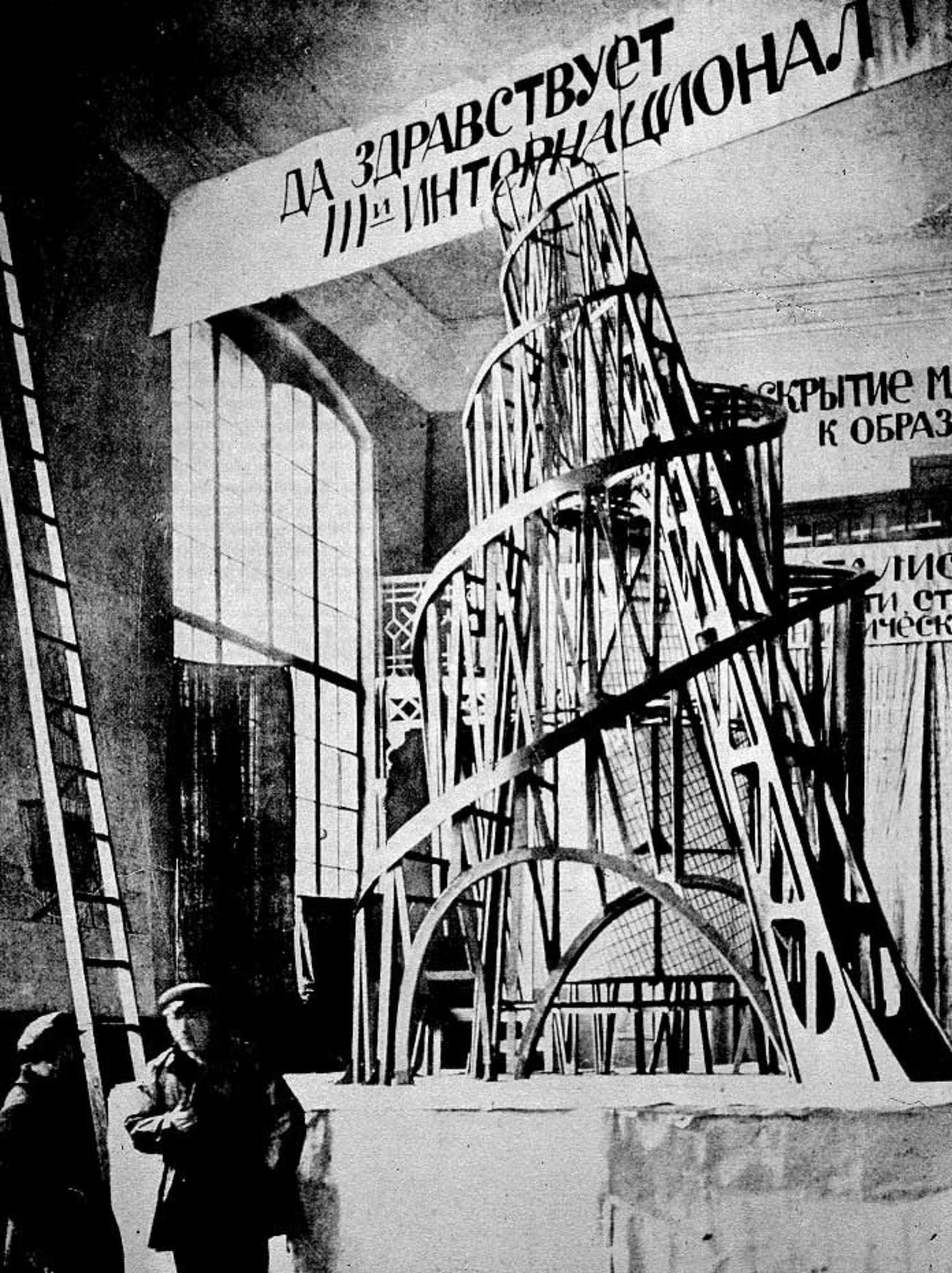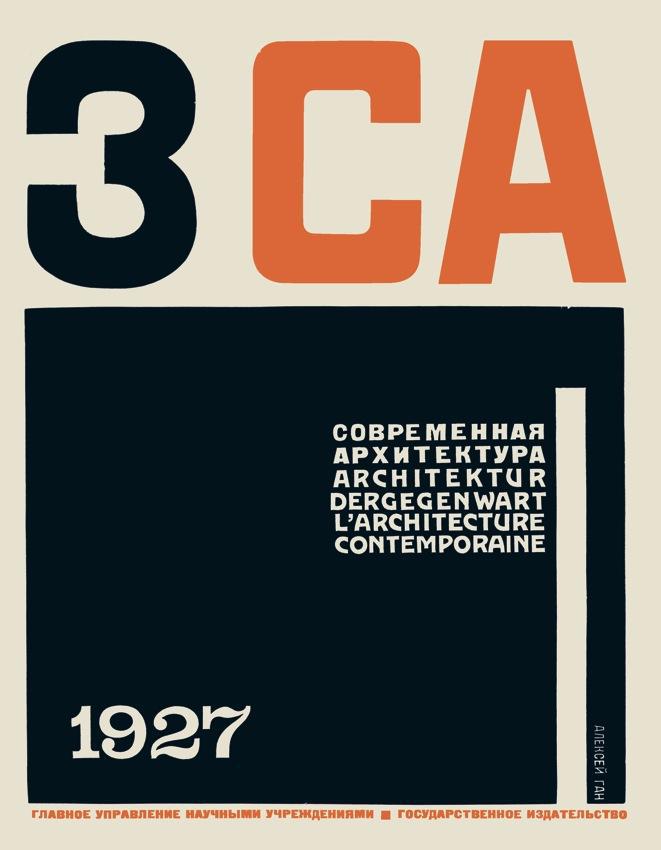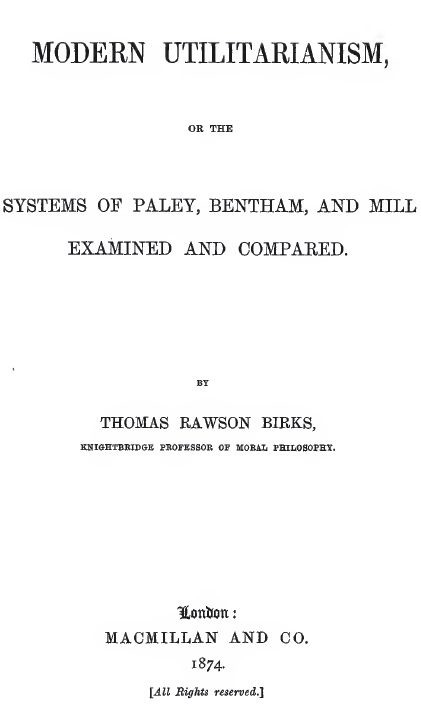|
Constructivist Architecture
Constructivist architecture was a constructivist style of modern architecture that flourished in the Soviet Union in the 1920s and early 1930s. Abstract and austere, the movement aimed to reflect modern industrial society and urban space, while rejecting decorative stylization in favor of the industrial assemblage of materials. Designs combined advanced technology and engineering with an avowedly communist social purpose. Although it was divided into several competing factions, the movement produced many pioneering projects and finished buildings, before falling out of favour around 1932. It has left marked effects on later developments in architecture. Definition Constructivist architecture emerged from the wider Constructivist art movement, which grew out of Russian Futurism. Constructivist art had attempted to apply a three-dimensional cubist vision to wholly abstract non-objective 'constructions' with a kinetic element. After the Russian Revolution of 1917 it turned its ... [...More Info...] [...Related Items...] OR: [Wikipedia] [Google] [Baidu] |
Narkompros
The People's Commissariat for Education (or Narkompros; russian: Народный комиссариат просвещения, Наркомпрос, directly translated as the "People's Commissariat for Enlightenment") was the Soviet agency charged with the administration of public education and most other issues related to culture. In 1946, it was transformed into the Ministry of Education. Its first head was Anatoly Lunacharsky. However he described Nadezhda Krupskaya as the "soul of Narkompros". Mikhail Pokrovsky, Dmitry Leshchenko and Evgraf Litkens also played important roles. Lunacharsky protected most of the avant-garde artists such as Vladimir Mayakovsky, Kazimir Malevich, Vladimir Tatlin and Vsevolod Meyerhold. Despite his efforts, the official policy after Joseph Stalin put him in disgrace. Narkompros had seventeen sections, in addition to the main ones related to general education, e.g., * Likbez, a section for liquidation of illiteracy, * " Profobr", a section for pro ... [...More Info...] [...Related Items...] OR: [Wikipedia] [Google] [Baidu] |
Tatlin's Tower
Tatlinʼs Tower, or the project for the Monument to the Third International (1919–20), Honour, H. and Fleming, J. (2009) ''A World History of Art''. 7th edn. London: Laurence King Publishing, p. 819. was a design for a grand monumental building by the Russian artist and architect Vladimir Tatlin, that was never built. Janson, H.W. (1995) ''History of Art''. 5th edn. Revised and expanded by Anthony F. Janson. London: Thames & Hudson, p. 820. It was planned to be erected in Petrograd (now St. Petersburg) after the Bolshevik Revolution of 1917, as the headquarters and monument of the Comintern (the Third International). Plans Tatlinʼs Constructivist tower was to be built from industrial materials: iron, glass and steel. In materials, shape and function, it was envisaged as a towering symbol of modernity. It would have dwarfed the Eiffel Tower in Paris. The tower's main form was a twin helix which spiraled up to in height,Ching, Francis D.K., et al. (2011). ''Global History o ... [...More Info...] [...Related Items...] OR: [Wikipedia] [Google] [Baidu] |
Futurist Architecture
Futurist architecture is an early-20th century form of architecture born in Italy, characterized by long dynamic lines, suggesting speed, motion, urgency and lyricism: it was a part of Futurism, an artistic movement founded by the poet Filippo Tommaso Marinetti, who produced its first manifesto, the ''Manifesto of Futurism'', in 1909. The movement attracted not only poets, musicians, and artists (such as Umberto Boccioni, Giacomo Balla, Fortunato Depero, and Enrico Prampolini) but also a number of architects. A cult of the Machine Age and even a glorification of war and violence were among the themes of the Futurists - several prominent futurists were killed after volunteering to fight in World War I. The latter group included the architect Antonio Sant'Elia, who, though building little, translated the futurist vision into an urban form. History of Italian Futurism In 1912, three years after Marinetti's Futurist Manifesto, Antonio Sant'Elia and Mario Chiattone take part to the ... [...More Info...] [...Related Items...] OR: [Wikipedia] [Google] [Baidu] |
St Petersburg
Saint Petersburg ( rus, links=no, Санкт-Петербург, a=Ru-Sankt Peterburg Leningrad Petrograd Piter.ogg, r=Sankt-Peterburg, p=ˈsankt pʲɪtʲɪrˈburk), formerly known as Petrograd (1914–1924) and later Leningrad (1924–1991), is the second-largest city in Russia. It is situated on the Neva River, at the head of the Gulf of Finland on the Baltic Sea, with a population of roughly 5.4 million residents. Saint Petersburg is the fourth-most populous city in Europe after Istanbul, Moscow and London, the most populous city on the Baltic Sea, and the world's northernmost city of more than 1 million residents. As Russia's Imperial capital, and a historically strategic port, it is governed as a federal city. The city was founded by Tsar Peter the Great on 27 May 1703 on the site of a captured Swedish fortress, and was named after apostle Saint Peter. In Russia, Saint Petersburg is historically and culturally associated with th ... [...More Info...] [...Related Items...] OR: [Wikipedia] [Google] [Baidu] |
Comintern
The Communist International (Comintern), also known as the Third International, was a Soviet Union, Soviet-controlled international organization founded in 1919 that advocated world communism. The Comintern resolved at its Second Congress to "struggle by all available means, including armed force, for the overthrow of the international bourgeoisie and the creation of an international Soviet republic (system of government), Soviet republic as a transition stage to the complete abolition of the state". The Comintern was preceded by the 1916 dissolution of the Second International. The Comintern held seven World Congresses in Moscow between 1919 and 1935. During that period, it also conducted thirteen Enlarged Plenums of its governing Executive Committee of the Communist International, Executive Committee, which had much the same function as the somewhat larger and more grandiose Congresses. Joseph Stalin, leader of the Soviet Union, dissolved the Comintern in 1943 to avoid antag ... [...More Info...] [...Related Items...] OR: [Wikipedia] [Google] [Baidu] |
OSA Group
The OSA Group (Organization of Contemporary Architects) was an architectural association in the Soviet Union, which was active from 1925 to 1930 and considered the first group of constructivist architects. It published the journal ''SA'' (''Sovremmennaia Arkhitektura'' or 'Contemporary Architecture'). It published material by Soviet and overseas contributors. However this led to them being attacked as a 'Western' group and some individuals as being 'bourgeois'. After the closure of the group, their modernist approach to architecture and town planning was eliminated in the Soviet Union by 1934, in favour of social realism. Contemporary architecture Like the ASNOVA group, OSA grew out of the avant-garde wing of the VKhUTEMAS school in Moscow. The group's founders were Moisei Ginzburg, well known for his book ''Style and Epoch'' (a Soviet response to Le Corbusier's ''Vers une Architecture'') and the painter, designer and architect Alexander Vesnin. Unlike the earlier associatio ... [...More Info...] [...Related Items...] OR: [Wikipedia] [Google] [Baidu] |
LEF (journal)
''LEF'' ("''ЛЕФ''") was the journal of the Left Front of the Arts ("Левый фронт искусств"''"Levy Front Iskusstv"''), a widely ranging association of avant-garde writers, photographers, critics and designers in the Soviet Union. It had two runs, one from 1923 to 1925 as LEF, and later from 1927 to 1929 as ''Novy LEF'' ('New LEF'). The journal's objective, as set out in one of its first issues, was to "re-examine the ideology and practices of so-called leftist art, and to abandon individualism to increase art's value for developing communism." Productivism Although ''LEF'' was catholic in its choices of writers, it broadly reflected the concerns of the Productivist left-wing of Constructivism. The editors were Osip Brik and Vladimir Mayakovsky: fittingly, one a Russian Formalist critic and one a poet and designer who helped compose the 1912 manifesto of Russian Futurists entitled, "A Slap in the Face of Public Taste". The covers were designed by Alexander Rodch ... [...More Info...] [...Related Items...] OR: [Wikipedia] [Google] [Baidu] |
Proletkult
Proletkult ( rus, Пролетку́льт, p=prəlʲɪtˈkulʲt), a portmanteau of the Russian words "proletarskaya kultura" (proletarian culture), was an experimental Soviet artistic institution that arose in conjunction with the Russian Revolution of 1917. This organization, a federation of local cultural societies and avant-garde artists, was most prominent in the visual, literary, and dramatic fields. Proletkult aspired to radically modify existing artistic forms by creating a new, revolutionary working-class aesthetic, which drew its inspiration from the construction of modern industrial society in backward, agrarian Russia. Although funded by the People's Commissariat for Education of Soviet Russia, the Proletkult organization sought autonomy from state control, a demand which brought it into conflict with the Communist Party hierarchy and the Soviet state bureaucracy. Some top party leaders, such as Lenin, sought to concentrate state funding and retain it from such artistic ... [...More Info...] [...Related Items...] OR: [Wikipedia] [Google] [Baidu] |
Utilitarian
In ethical philosophy, utilitarianism is a family of normative ethical theories that prescribe actions that maximize happiness and well-being for all affected individuals. Although different varieties of utilitarianism admit different characterizations, the basic idea behind all of them is, in some sense, to maximize utility, which is often defined in terms of well-being or related concepts. For instance, Jeremy Bentham, the founder of utilitarianism, described ''utility'' as: That property in any object, whereby it tends to produce benefit, advantage, pleasure, good, or happiness ... rto prevent the happening of mischief, pain, evil, or unhappiness to the party whose interest is considered. Utilitarianism is a version of consequentialism, which states that the consequences of any action are the only standard of right and wrong. Unlike other forms of consequentialism, such as egoism and altruism, utilitarianism considers the interests of all sentient beings equally. ... [...More Info...] [...Related Items...] OR: [Wikipedia] [Google] [Baidu] |
Vladimir Tatlin
Vladimir Yevgrafovich Tatlin ( – 31 May 1953) was a Russian and Soviet painter, architect and stage-designer. Tatlin achieved fame as the architect who designed The Monument to the Third International, more commonly known as Tatlin's Tower, which he began in 1919. Honour, H. and Fleming, J. (2009) ''A World History of Art''. 7th edn. London: Laurence King Publishing, p. 819. With Kazimir Malevich he was one of the two most important figures in the Soviet avant-garde art movement of the 1920s, and he later became an important artist in the Constructivist movement. Biography Vladimir Yevgrafovich Tatlin was born in Moscow, Russian Empire. His father, Yevgraf Nikoforovich Tatlin was a hereditary nobleman from Oryol, a mechanical engineer graduated from the Technological Institute in St.Petersburg and employed by the Moscow-Brest Railway in Moscow. His mother, Nadezhda Nikolaevna Tatlina (Bart) was a poet who sympathized with the Narodnaya Volya revolutionary movement. Afte ... [...More Info...] [...Related Items...] OR: [Wikipedia] [Google] [Baidu] |







